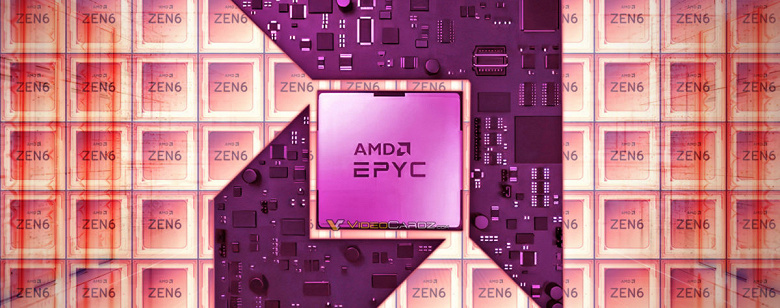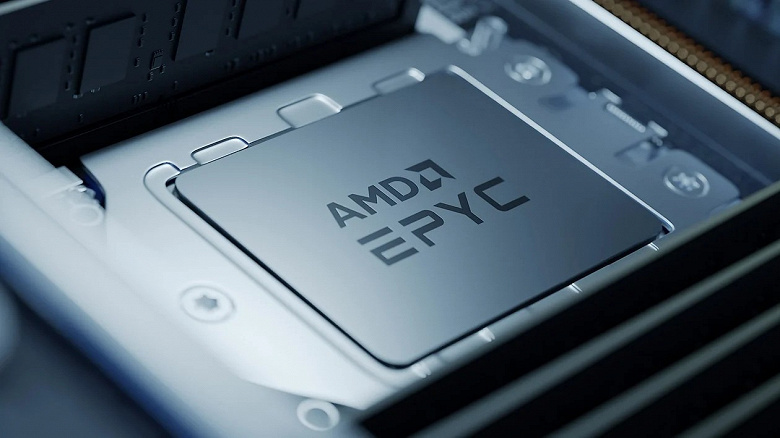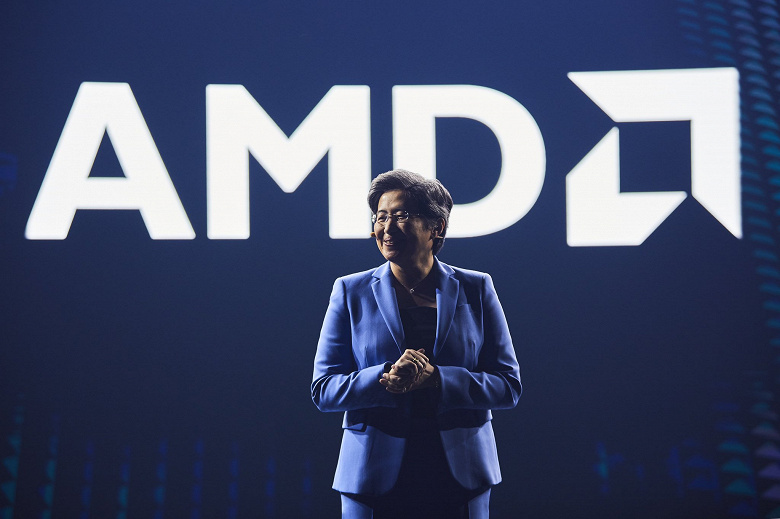AMD has increased its share of the server processor market by 75% in a year
The debut of Ryzen processors with Zen architecture in 2017 marked a steady trend towards strengthening AMD’s position in the desktop segment. Still, the server segment forced the company to start from lower positions and be content with slower progress. In the first quarter, AMD managed to increase its share of the server market from 5.1% to 8.9%, which speaks of acceleration.

Resource CRN has a Mercury Research statistics for the first quarter of this year, which considers the market of server systems, rather than just one- and two-processor, as does the IDC. In the latter case, AMD’s share of the server market is already measured in double digits, which the company prefers to remind. Based on a broader sample of Mercury Research data, AMD processor share in the server segment rose sequentially in the first quarter from 7.1% to 8.9%.
In annual comparison, the progress was even more noticeable, from 5.1 to 8.9%. In fact, AMD increased its share of the server processor market by 75% over the year. This is the highest quarterly growth since the second quarter of 2006. Then AMD managed to increase its market share from 5-7 to 22% in a year and a half. Subsequently, Intel’s vigorous actions reduced the share of its main competitor, and only with the advent of EPYC processors in 2017 was AMD able to seize the initiative again.
As the source explains, in the market of all x86-compatible processors Intel in the first quarter increased its share sequentially from 78.3 to 79.3%, but a year ago it was 85.2%, so we can only speak of partial revenge, although Intel comes for the second quarter in a row. In the desktop segment, AMD’s share rose from 19.2% to 19.3%, but Intel’s activity in the lower price segment allowed the latter to strengthen its position in the laptop processor market from 81% to 82%. By focusing on promoting more expensive processors, AMD was able to increase revenue and average selling price.








